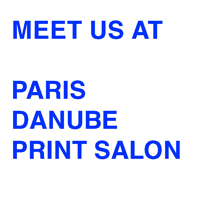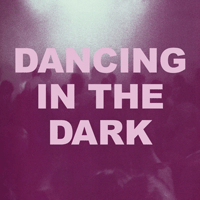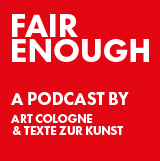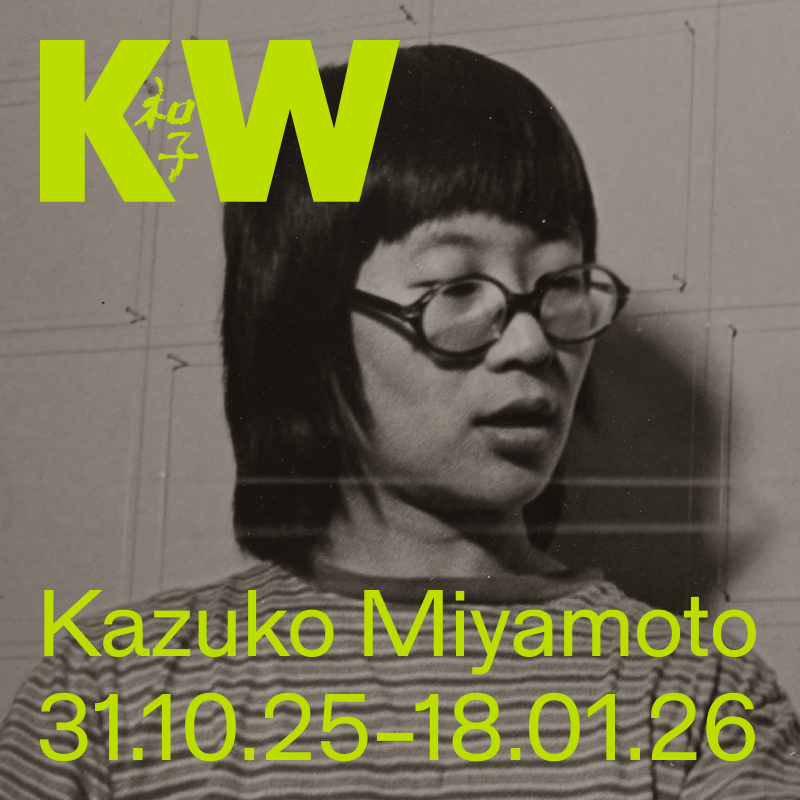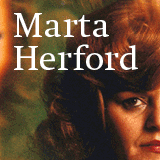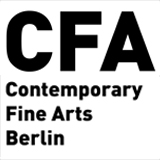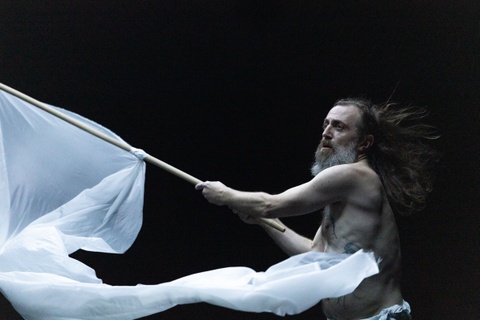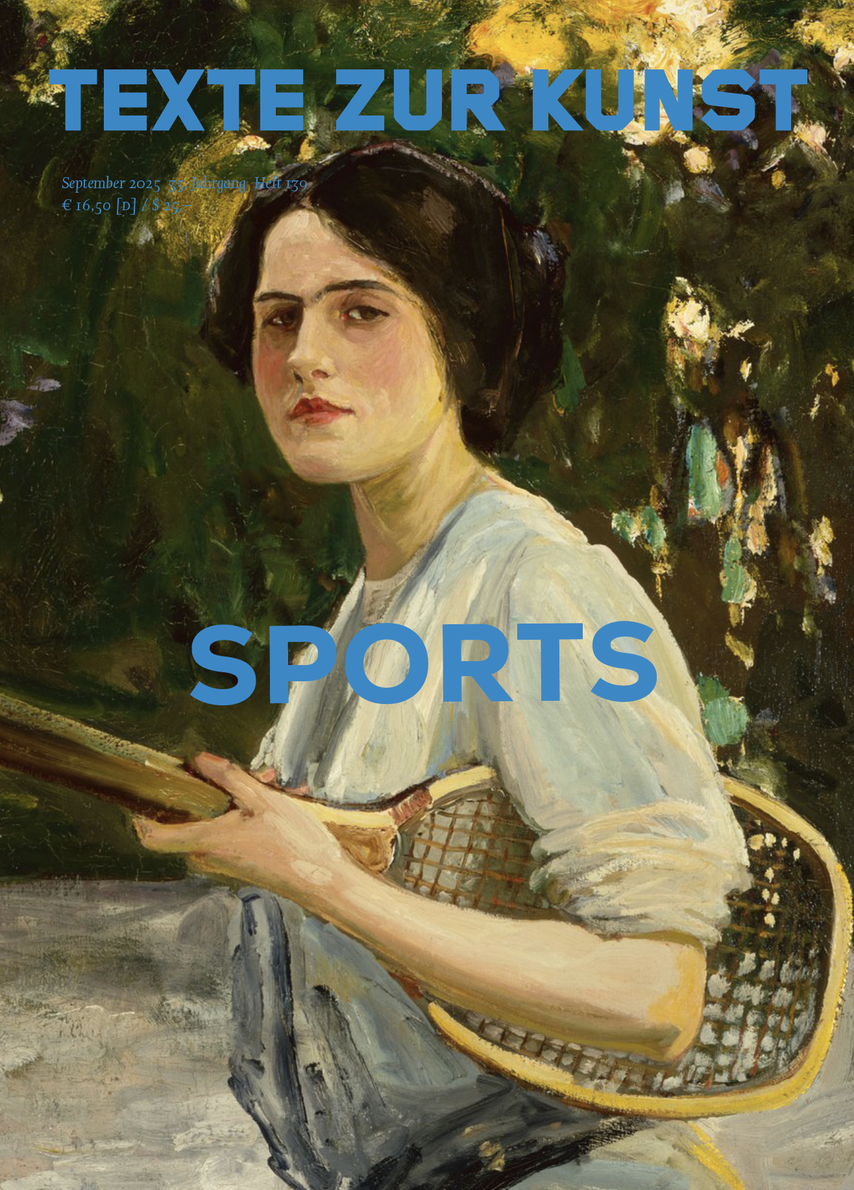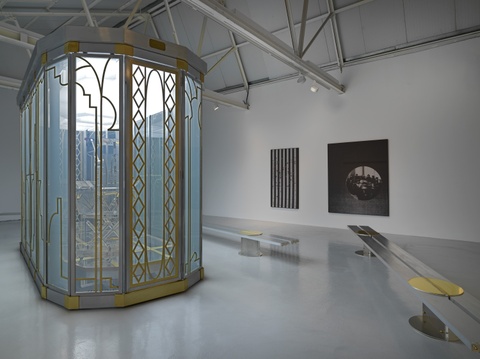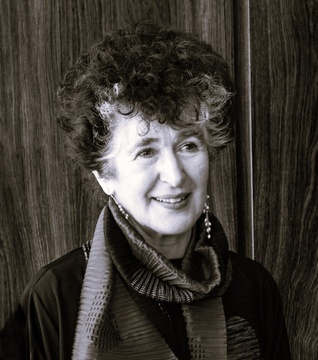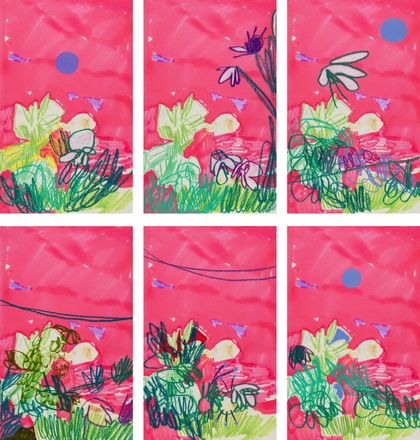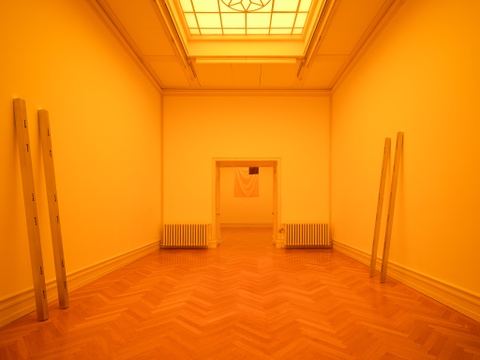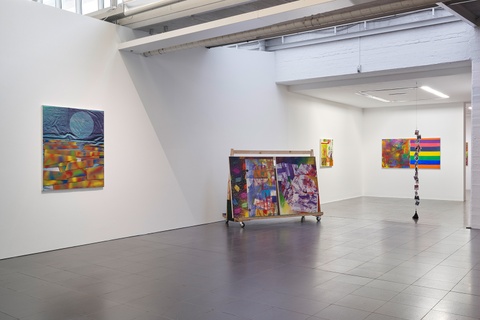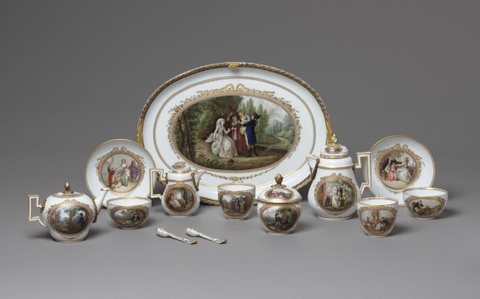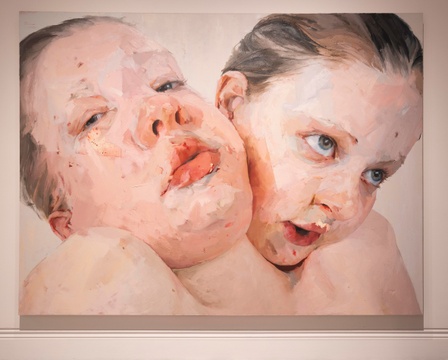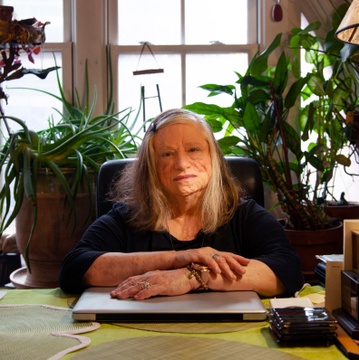
DARA BIRNBAUM (1946–2025) Von Brigitte Weingart
Das erfüllte Leben sei ein ständiges Sterben der Vergangenheit, vergangene Erfahrungen und gegangene Menschen seien jedoch keineswegs verloren, sondern blieben reichhaltig in uns erhalten – diese Gedanken des Psychiaters und Psychotherapeuten Robin Skynner gab Dara Birnbaum in ihrem Nachruf für ihren langjährigen Freund und Kollegen Dan Graham wieder, den wir vor gut drei Jahren publizierten. Wie reich- und nachhaltig das Wirken der im Mai diesen Jahres verstorbenen Birnbaum die Videokunst geprägt und um eine so wesentliche, weibliche Perspektive erweitert hat, hebt Brigitte Weingart in ihrem Nachruf hervor. Zudem erinnert sie uns an die Aktualität, die auch Birnbaums frühe Arbeiten bis heute haben.
Read on

